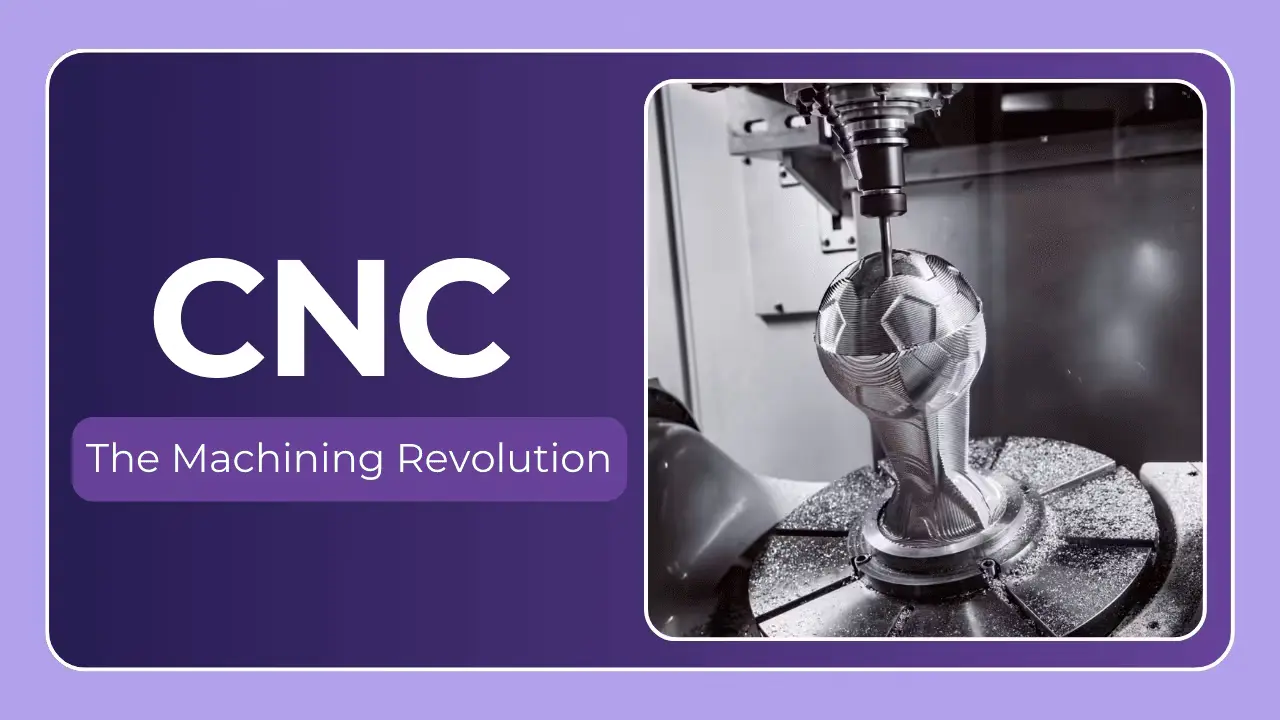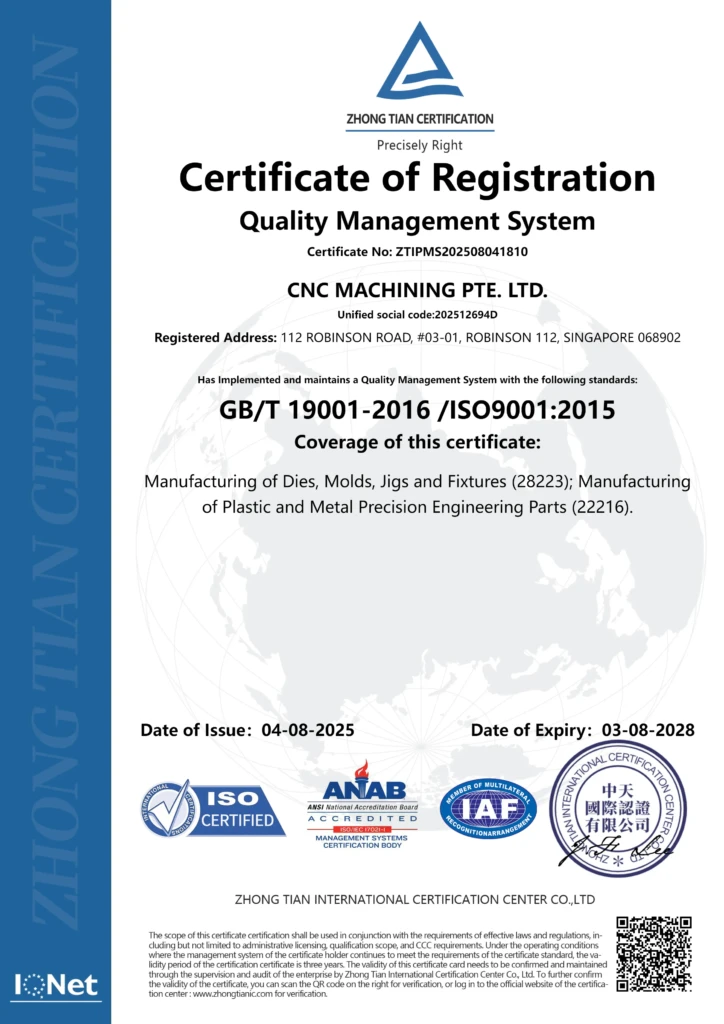CNC Machine Troubleshooting: The Ultimate Guide to Diagnose and Fix Common Issues
Introduction to CNC Machine Troubleshooting
Efficient troubleshooting is essential to minimize downtime and maintain production quality in any CNC machine shop. A systematic approach—combined with the right tools and reference materials—empowers technicians to quickly isolate and resolve issues before they escalate into costly repairs.
Essential Tools:
- Multimeter for electrical diagnostics
- Mechanical calipers and dial indicators for alignment checks
- CNC diagnostic software (e.g., Fanuc DGNOS, Siemens Service menus)
- Manufacturer manuals and wiring schematics
Most Common CNC Machine Problems & Solutions
Mechanical Issues
- Spindle Vibration or Noise
- Likely Causes: Unbalanced toolholder, worn bearings, misaligned drive belts
- Resolution:
- Balance toolholder on a dynamic balancer
- Replace damaged spindle bearings
- Adjust and align drive belts per torque specs
- Axis Drift or Inaccuracy
- Likely Causes: Loose ball screws, contaminated linear guides, encoder misreads
- Resolution:
- Thoroughly clean and lubricate linear rails
- Retighten ball screw nuts to manufacturer’s preload
- Recalibrate encoders via CNC control panel
Electrical Failures
- Machine Fails to Power On
- Checkpoints: Main fuses, emergency-stop circuit continuity, incoming voltage (e.g., 380 V ±10%)
- Resolution: Replace blown fuses, verify E-stop switch wiring, confirm correct supply voltage
- Servo Motor Overheating
- Likely Causes: Overloaded axis movement, faulty cooling fan, incorrect servo drive parameters
- Resolution:
- Reduce feed rates or cutting loads
- Clean or replace cooling fans on servo motors
- Fine-tune torque and thermal protection settings in CNC parameter menu
Software & Control Errors
- “Emergency Stop” Alarm
- Diagnosis: Inspect door interlocks, lubrication low-level sensors, and limit switch alignments
- Resolution: Reset E-stop logic, refill way-lube reservoirs, realign or replace mis-tripped limit switches
- G-Code Interpretation Errors
- Likely Causes: Unsupported M-codes, syntax mistakes, program memory overflow
- Resolution:
- Run G-code through CAM simulator for validation
- Update control firmware or expand memory if necessary
- Replace unsupported codes with equivalent commands
CNC Machine Troubleshooting Table (Quick Reference)
| Symptom | Likely Cause | Solution |
|---|---|---|
| Burnt Tool Marks | Dull cutter, wrong speeds | Replace cutting insert; adjust RPM/feed rate |
| Poor Surface Finish | Worn spindle bearings | Balance or replace bearings; clean spindle |
| Axis Stalling | Faulty driver or encoder | Test/replace servo driver; recalibrate encoder |
| Overheating Control | Blocked ventilation | Clean filters; ensure fan operation |
| Program Crash | Memory corruption | Reload program; reformat or replace memory card |
Specialized Troubleshooting by Machine Type
CNC Plasma Cutting Machine Issues
- Arc Start Failure: Verify ground clamp integrity; replace worn nozzle and electrode.
- Uneven Kerf: Calibrate Torch Height Control (THC); adjust gas pressure within 70–120 PSI.
CNC Router Problems
- Frequent Bit Breakage: Lower feed rates; ensure correct collet torque.
- Material Tear-Out: Switch to climb milling; install down-cut spiral end mills.
Okuma & Mazak Mill Troubleshooting
- Okuma “SV Alarm”: Reset servo drives; inspect encoder cable connections.
- Mazak “Tool Unclamp” Error: Clean tool-holder tapers; verify pneumatic pressure (85–100 PSI).
Step-by-Step Troubleshooting Guide
- Identify Symptoms: Log error codes, listen for unusual sounds, and inspect for visual defects.
- Isolate Systems: Separate mechanical, electrical, and software components to pinpoint failure.
- Consult Manuals: Follow fault-tree procedures in your CNC machine’s troubleshooting manual.
- Use Diagnostic Tools:
- Fanuc CNC Basic Machine Troubleshooting: Press [SYSTEM] → [DGNOS] for I/O status
- Siemens Diagnostics: Navigate to “Service” → “PLC Alarm Log”
- Implement Fixes: Replace faulty parts, adjust parameters, or reload control software.
- Test Run: Execute a dry-run using simple G-code (e.g.,
G01 X100 Y100 F500) before resuming production.
Advanced Electrical Troubleshooting
- Testing Servo Motors:
- Measure phase-to-phase resistance (should match within ±2%)
- Check insulation to ground (> 1 MΩ) to detect internal faults
- Diagnosing Short Circuits:
- Employ a megohmmeter to pinpoint insulation breakdown in power cables
Preventive Maintenance Tips
- Daily Checks: Remove chips, inspect lubrication levels, and verify tool collet condition.
- Weekly Checks: Use dial indicators to confirm axis alignment within ±0.002 mm.
- Monthly Checks: Replace coolant filters, back up CNC parameters, and tighten electrical terminals.
Troubleshooting Resources
- Free Guides: Download “CNC Machine Troubleshooting PDFs” from Fanuc and Siemens official sites.
- Training Courses: Enroll in “CNC Electrical Troubleshooting” programs offered by ISA or TPC.
FAQs – CNC Machine Troubleshooting
How Do I Fix Part-Off Location Errors?
Verify tool length offsets, recalibrate work-offset (G43/G44), and inspect tool wear.
Why Is My Northwood CNC Dropping Tools?
Inspect and clean the tool-holder gripper, check required air pressure (minimum 90 PSI).
How to Resolve Mazak Communication Errors?
Reset RS-232/CAN settings, replace damaged cables, and update the control’s firmware.
When to Call a Professional
- Persistent Alarms: If E-stop resets and basic fixes fail.
- Complex Electrical Faults: Such as blown servo drives or power-supply failures.
Conclusion
Mastering CNC machine troubleshooting empowers shops to slash repair bills and cut downtime dramatically. For complex or critical faults, trust ISO-certified technicians to deliver rapid, reliable solutions—keeping your CNC operations running at peak efficiency.
Whether you require 3 axis simplicity, 4 axis high‑volume turning, or 5‑axis complexity, Great Light delivers Customized 3 Axis 4 Axis 5 Axis CNC Machining Parts with unmatched precision, speed, and cost efficiency. From aerospace‑grade titanium implants to high‑volume aluminum consumer‑goods components, our end‑to‑end services—from DFM to post‑processing—ensure your project’s success.
Start Your CNC Machining Project Today: Upload Your Design for a Free Quote!





